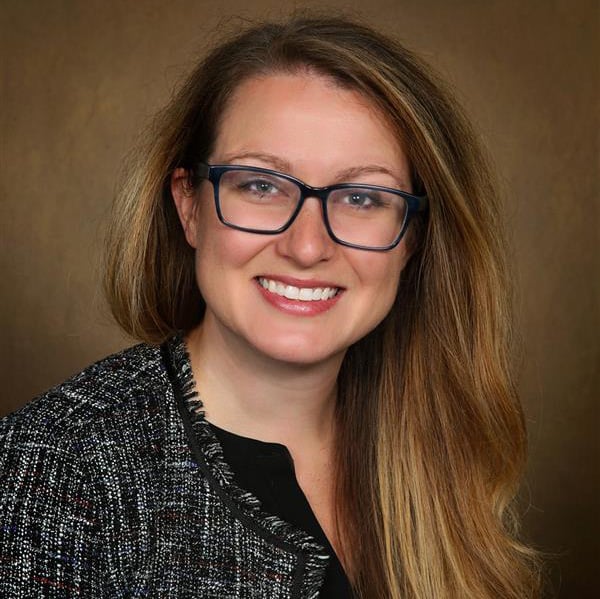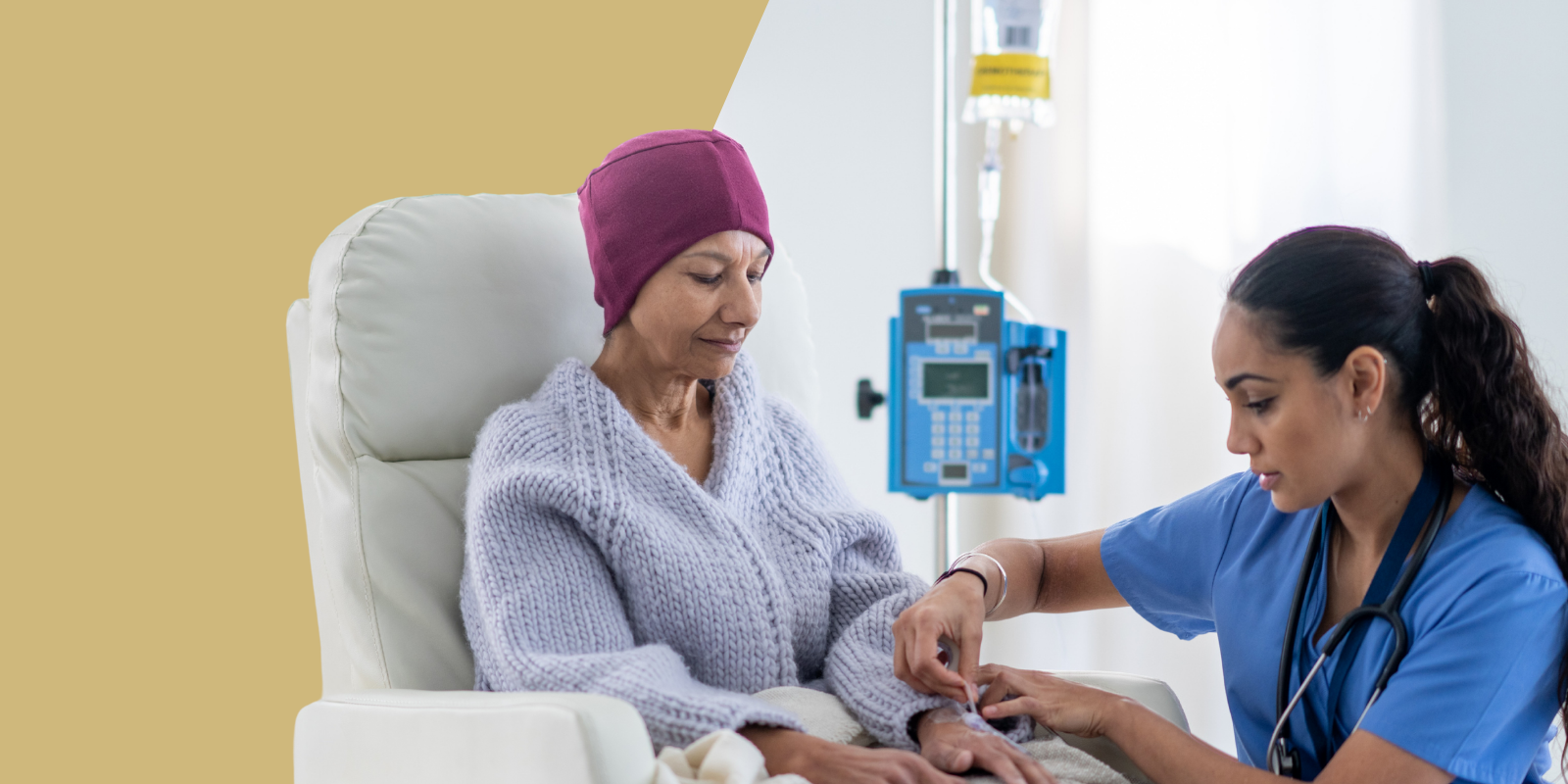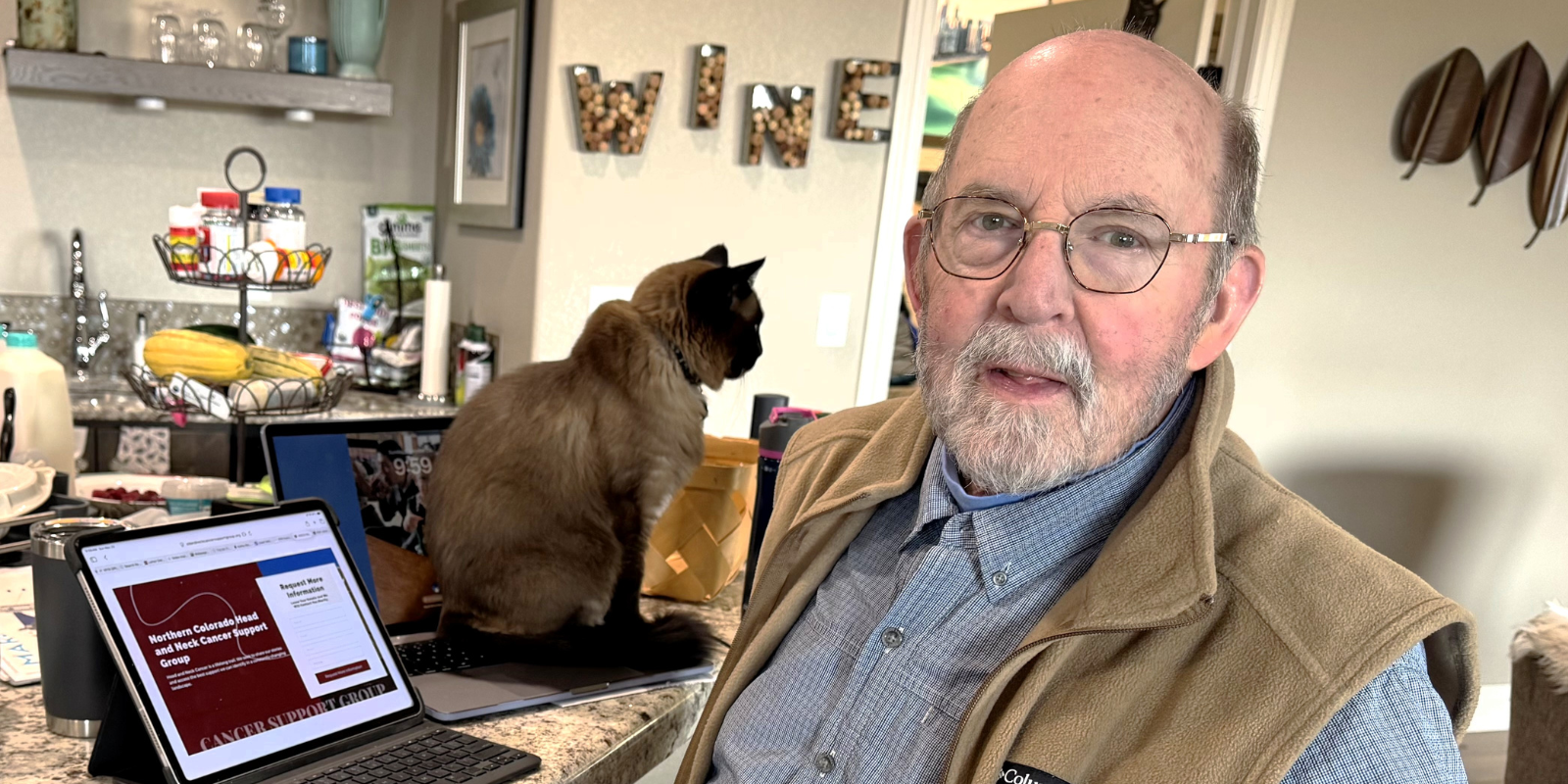Bringing new attention to breast cancer in younger women and the importance of risk assessment, actress Olivia Munn, 43, announced Wednesday that she had been diagnosed with the disease last year. Munn said she has undergone four surgeries in the past 10 months, including a double mastectomy.
Munn played the role of Sloan Sabbith on the HBO drama “The Newsroom” and has appeared in movies including “X-Men: Apocalypse,” “The Lego Ninjago Movie,” and “Magic Mike.” She gave birth to a son, Malcolm — whom she welcomed with her partner, comedian John Mulaney — in late 2021.
“I hope by sharing this it will help others find comfort, inspiration, and support on their own journey,” Munn wrote in an Instagram post that included pictures of her in a hospital bed.
Munn wrote that she had taken a genetic test for cancer in early 2023, with negative results, and that she underwent a normal mammogram around the same time. Her OBGYN, Munn said, decided to calculate her breast cancer risk assessment score, an analysis that takes into account factors such as age, familial breast cancer history, and the fact that Munn had her first child after age 30.
“She discovered that my lifetime risk was 37%,” Munn wrote. “Because of that score I was sent to get an MRI, which led to an ultrasound, which led to a biopsy. The biopsy showed I had luminal B cancer in both breasts. Luminal B is an aggressive, fast-moving cancer.”
Thirty days after her biopsy, Munn had surgery to remove both breasts. “I’m lucky,” she wrote. “We caught it with enough time that I had options. I want the same for any woman who might have to face this one day. Ask your doctor to calculate your breast cancer risk assessment score.”
We spoke with University of Colorado Cancer Center member Nicole Christian, MD, assistant professor of surgical oncology in the CU Department of Surgery, about the importance of a breast cancer risk assessment as well as the risk of breast cancer in younger women and those who have recently given birth.





